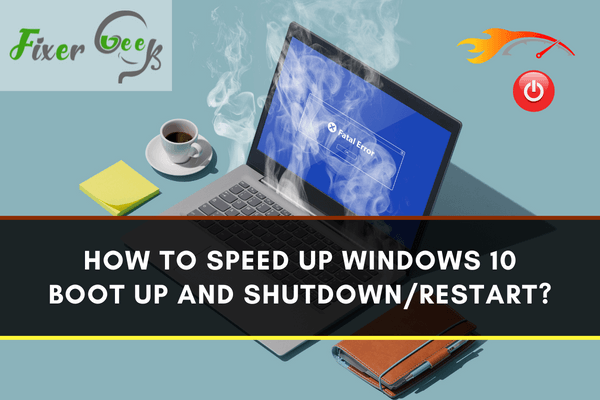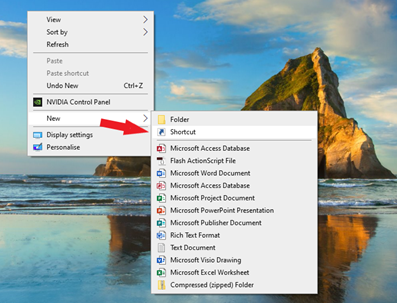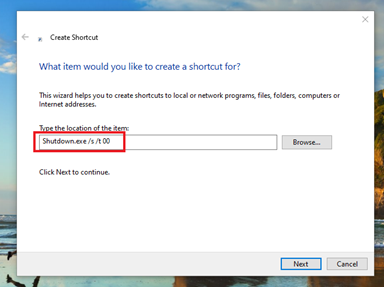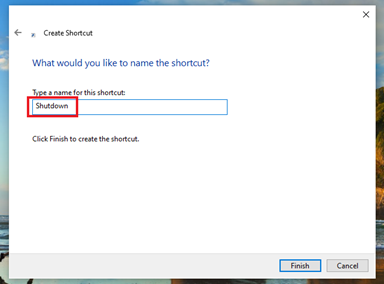Are you running a version of Windows 10? And, do you wish you were able to speed up boot up and shutdown/restart times? Well, look no further. In this article, I will be explaining how to speed up Windows 10 boot up and shutdown/restart times and reduce the amount of time it takes your computer to start.

Sometimes, there are moments when you feel like time slows down to a crawl, testing your patience—or should we say impatience. This is probably what Windows 10 users are feeling when their computer takes too long to shut down or restart.
Typically, when a computer takes too long to close, it's because it cannot process fast enough to carry out the command or it could be waiting for other programs to stop and close beforehand. Don't lose hope, now; here are some simple tips and tricks that you can try to make the shutdown and restart procedure run more quickly.
Restart Your PC Every Week
If you use your Windows PC very often, it's good practice to shut it down around once each week. Why? This is because regularly restarting your computer can help clear out the memory and make sure that any slow processes programs are effectively shut down as well. This makes the subsequent use and running of the PC run much faster, so this can speed it up in terms of shutdown as well.
Check if All Programs Are Closed
You may be thinking that this is a no-brainer, but just taking the extra effort to check and close all programs is an easy way to ensure that your shutdown and restart ends much faster than if you didn't. Take a look at the taskbar and see if an errant folder or webpage is still open before clicking that shutdown button.
Add a Shutdown Shortcut
You can try creating a dedicated shortcut that shuts down your PC just by double-clicking on it. It's as easy as adding a new folder to your desktop screen.
- Right-click on any free space on your desktop.
- Hover your cursor over New, then choose Shortcut on the submenu that appears.

- After the Create Shortcut window appears, just type "Shutdown.exe /s /t 00" without the quotes into the text box. Then, click Next.

- You can make your own name for the shortcut. It can be as direct as the default "Shutdown." Then, click on Finish.

Use an SSD
A Solid State Drive (SSD) is an integrated circuit that, unlike hard disk drives (HDD), does not make use of moving parts. It also makes use of flash memory to store data which allows for better and faster performance. With this line of thought, using an SSD is certain to reduce the wait time to shut down and restart.
But before you consider investing in a pricey SSD, take note of its other benefits and drawbacks compared to the HDD:
- SSDs come in 120 GB to 4 TB capacities, while HDDs start from 250 GB to 14 TB. Price-wise, HDDs give more, but this may change once SSDs drop in price over time.
- The integrated circuit of SSDs also means that it is less affected by thermal changes and vibrations, making them hardier than HDDs.
- In terms of battery life, SSDs are known to use less power, which extends battery life. On the other hand, HDDs use spinning disks which require more power. This distinction is also related to the SSD's speed, which allows itself to be idle more often than an HDD whose slower processing means that it is turned on for much longer.
There are several more reasons why your computer is taking too long to shut down. If it persists, it could be because of a problem with old device drivers or not installing the latest Windows update. You can also try running the Power Troubleshooter since it can diagnose problems with your PC's power settings. It's best to try each tip and check if it has a noticeable effect on improving the wait time before you move on to the next advice.
Summary: Speed up Windows 10 boot up and shutdown/restart
- Windows 10 shutdown/restart by default is not really "shutdown" or "restart". It's using a hybrid shutdown/restart mode, which is fast and efficient.
- Clearing Windows page file at shutdown may re-enable the "real" shutdown behavior and make your shutdown/restart slower.
- Running hardware and software performance tests can give you an idea of what might be slowing down your boot up times.
- Adjusting sleep and hibernation settings can improve your start up and shut down speeds.
- Your laptop battery may draw power from charging even when it has reached full charge if you leave your laptop plugged in overnight.